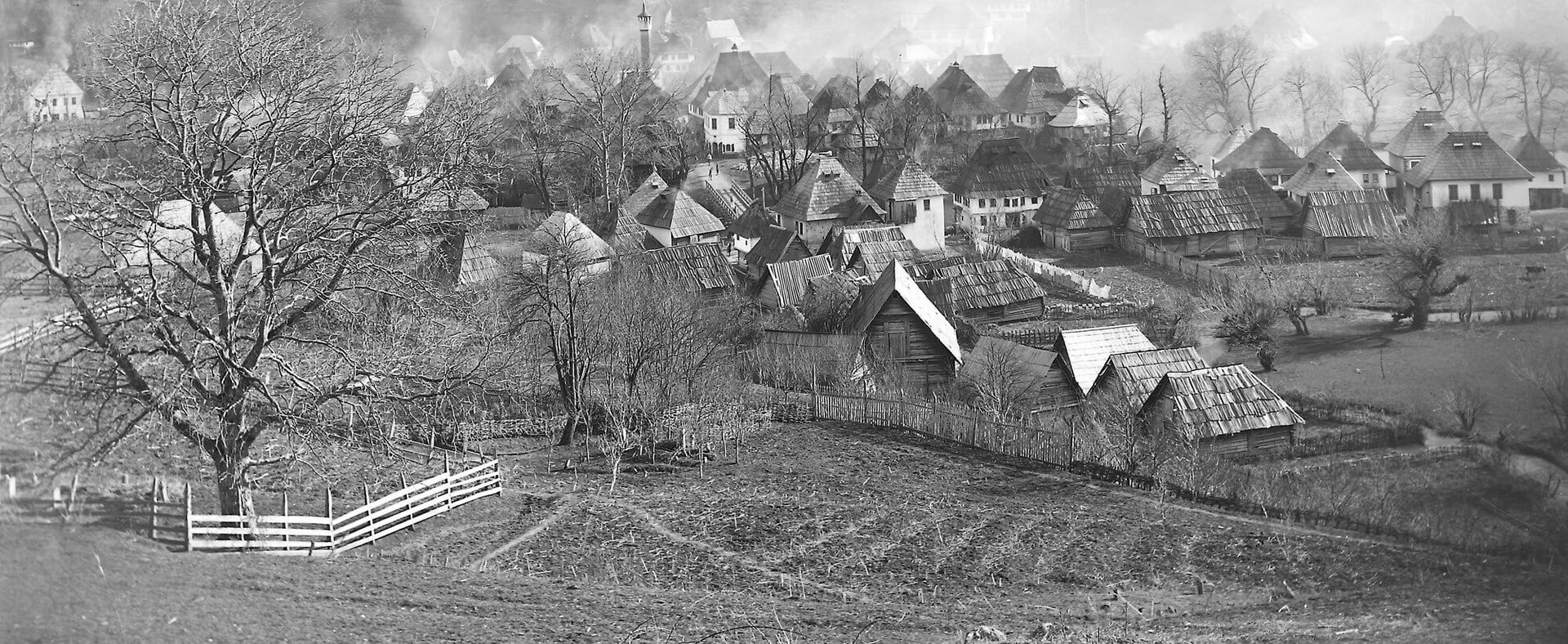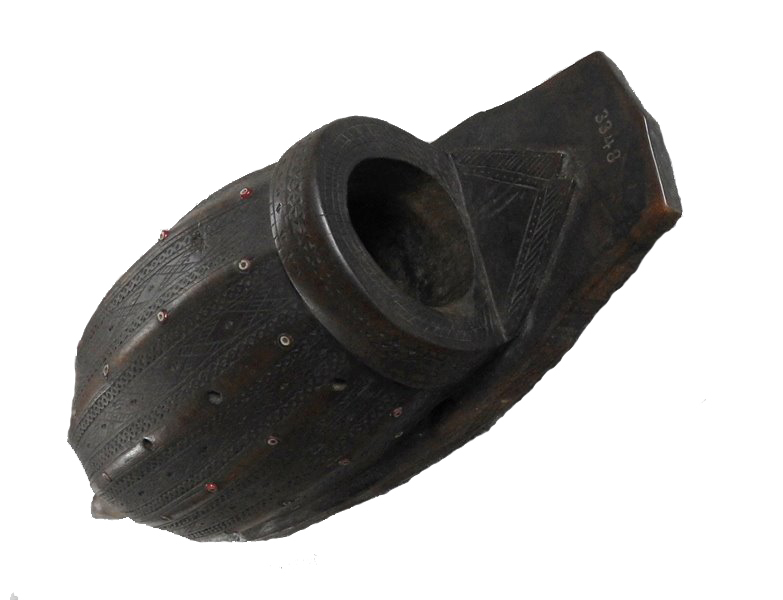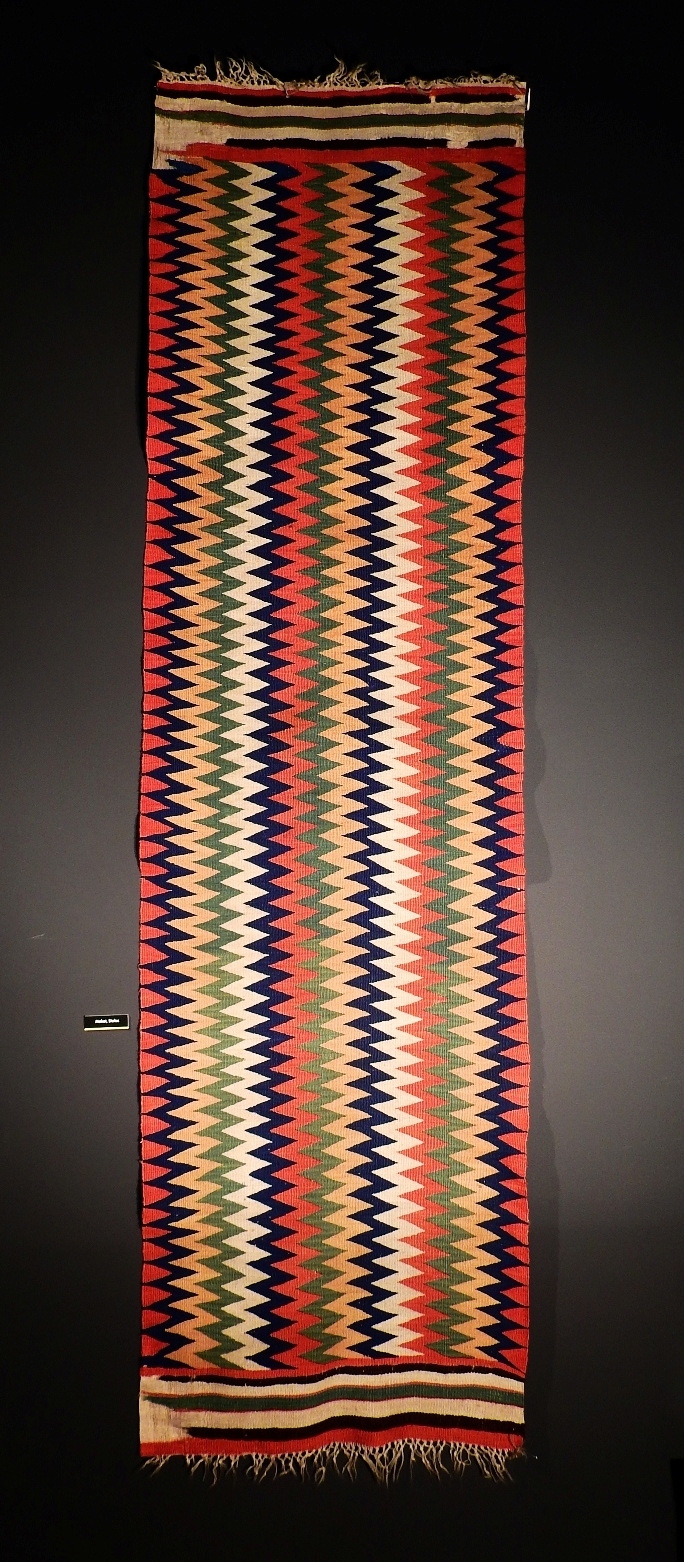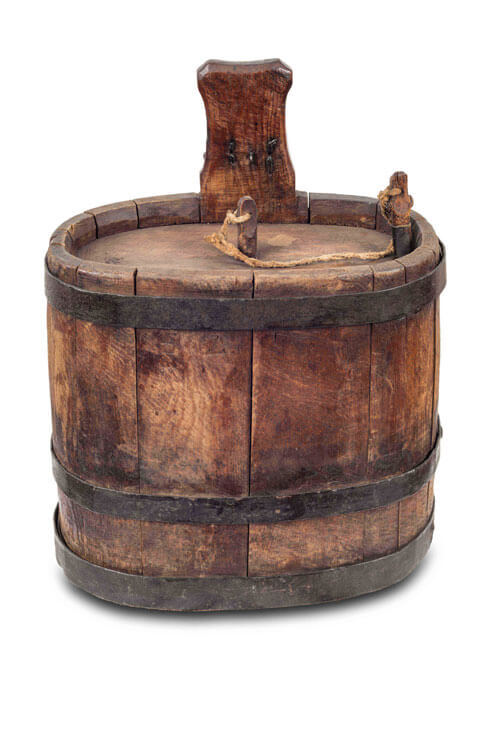
Material Culture Section
The Department for Material Culture contains the following systematic collections:
- Collection of sets of traditional garments
- Collection of individual parts of garments
- Collection of textile furniture
- Collection of textile processing utensils
- Collection of traditional manufacture
- Collection of urban furniture
- Collection of rural furniture
- Collection of pottery products
- Collection of traditional crafts
- Collection of models of traditional construction
- Collection of weapons
- Collection of jewelry
- Collection of toys
- Collection of personal items
The collection of the Department of Material Culture includes 17,450 inventory items, including 288 sets of costumes. The exhibition Life and culture of the urban population of Bosnia and Herzegovina in the 19th century is located on the first floor of the building of the Department of Ethnology. Visitors can experience life in past centuries through six authentic rooms.
The ground floor houses dioramas with models of traditional workshops and environments: samokov – an old forge; tabhana – leather processing workshop; cloth rolling mill; the old maidan (mine) with the settlement in Vareš; Sojenica settlement near Bosanska Gradiška.
Also, on the ground floor of the building, thematic, temporary exhibitions of different character are occasionally held.
Staff
Lebiba Džeko, MSc
Head of Department
Ethnologist specializing in urban and rural crafts, research associate
Almedina Đipa
collection keeper
Mejra Hodzic
manipulator




